
created with passion
by mitchell oneill
Enjoy the Site? Buy me a Coffee
to show support !
my letterboxd
Rehearsals for Retirement
There's something very satisfying about discovering lesser-known films. People enjoy being unique, and discovering something unfamiliar to others is truly thrilling. I experienced this thrill recently, I was searching for short films to watch for this blog when I came across "Rehearsals for Retirement". The description alone sold the film for me, and that same night, I watched the 13-minute short film on YouTube.
What drew me in? The entire film was created in Grand Theft Auto: San Andreas.
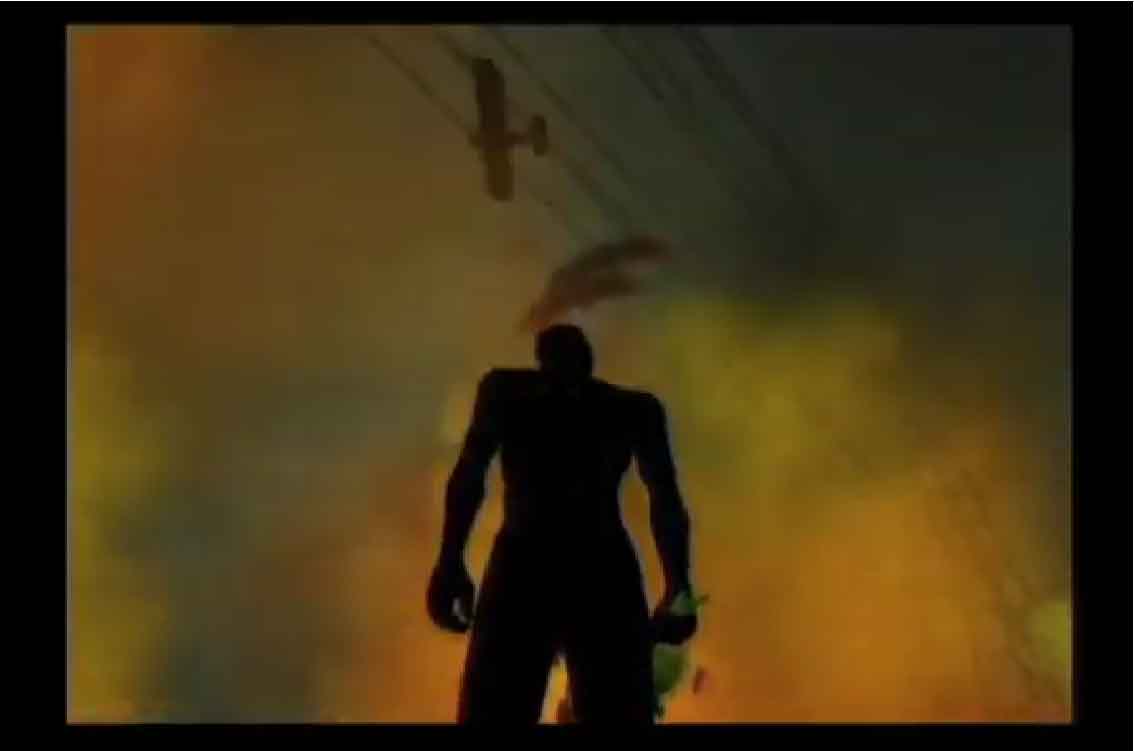
Rehearsals for Retirement is an experimental short film from 2007, directed by Phil Solomon, an internationally acclaimed experimental filmmaker. The film serves as the opening installment in a trilogy titled "In Memoriam." Notably, all three films were shot within the virtual world of Grand Theft Auto. The trilogy was created as a tribute to Solomon's lifelong friend, Mark Lapore, after he passed away. In Rehearsals for Retirement, Solomon skillfully transforms the fictional city of San Andreas, filling it with a sense of stillness that is reminiscent of grief, reflection, and loss.
My Thoughts
For Rehearsals for Retirement, I tried to take a step back and allow the film to guide me on its journey, rather than overanalyze it as I tend to do with nearly every film I watch. Since it's an experimental film, suppressing my inner analysis was much more challenging than I thought.
From the get go I noticed most of the shots appear to be on the outskirts of the GTA map, with only a few shots within the city, there's a lot of scenes with trees, grass, and train tracks. There’s no signs of life.The weather in San Andreas remains stormy, rainy, and foggy in nearly every scene. There are numerous shots featuring fire or destruction. All of this isolation gave me a distinct sense of eeriness, like being lost in the woods, desperately searching for other signs of life. It's a lonesome experience, which is ironic considering the liveliness of the GTA as a game. The camera frequently takes flight, swiftly traversing through grass as if crawling. On Solomon's journey, we constantly clip through pixelated models, creating an experience similar to an out-of-body or dream-like sensation. Polygonal colors and shapes flash on the screen, rendering into view in mesmerizing ways. Solomon uses a lot of low-angle shots which I couldn’t get enough of, capturing the player model against the backdrop of the sky. In fact, there are numerous shots gazing up at the sky. In my notes, I speculated that the film, the character, or even Solomon himself is attempting to look ahead, keep his head up, and maintain a positive outlook, despite being unable to do so.
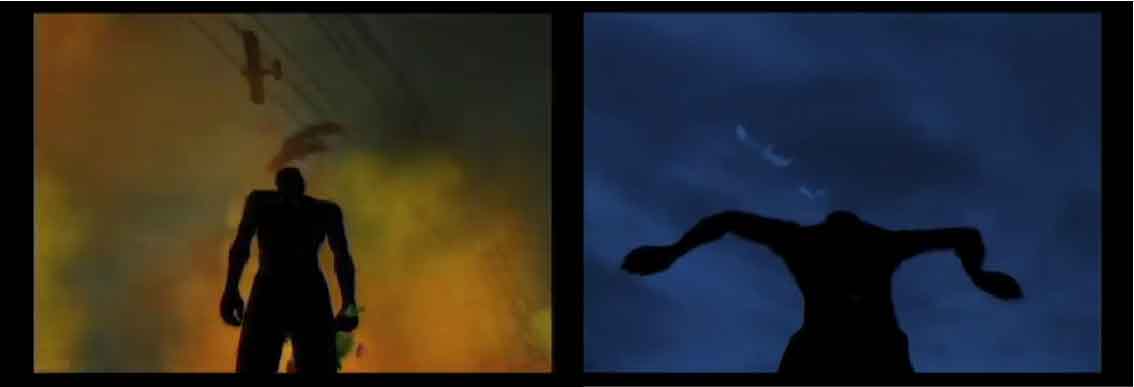
There are two scenes that have been etched into my memory. The first is a shot of the player model, holding a bouquet of flowers, with a plane exploding behind him, frozen in time. The second shot occurs towards the end of the film, where we witness an almost exact replication of this scene, except now we find ourselves submerged in water. Instead of a plane, there are birds, and these birds are in motion. Forever suspended in water, freedom is finally attained.
When researching this film, I found the perfect quote that describes the feeling
of watching Rehearsals for Retirement so perfectly…
"The act of swimming with your eyes in a digital bath."
Techniques
The sound design, although quite simple, is intrinsic and constant. It made me feel as if I were being hypnotized or sedated. From beginning to end, there is a constant humming noise with minimal variation in cadence and pitch. This sound, paired with the dark and shadowy scenes, creates a truly unique atmosphere. It resembles a dream, the kind that is so bizarre that most of it is erased from your mind, yet small pieces remain—I hope I'm not the only one who has these.
In the editing there are numerous fade-to-black transitions, I was not a fan of those. However, I’d imagine that GTA is a challenging medium to work within. There are a few instances of one scene fading into another, and those were executed exceptionally well. The fading transitions were seamless and unobtrusive, almost going unnoticed. This is probably one advantage of creating a film within a lower resolution video game environment, pixelation makes it easier on the eyes to achieve these impressive transitions and other editing tricks.
Narrative and Impact
The narrative was a bit tricky for me to follow. Ultimately, I saw a character who embodies loneliness and has a dwindling sense of hope. The title "Rehearsals for Retirement" itself could be a metaphor for death and the preparations that come with it, the narrative and visual elements kind of support this.
Is the protagonist grappling with thoughts of mortality? Is Solomon contemplating his own mortality? Or is he simply mourning the loss of his real-life friend Mark Lapore?
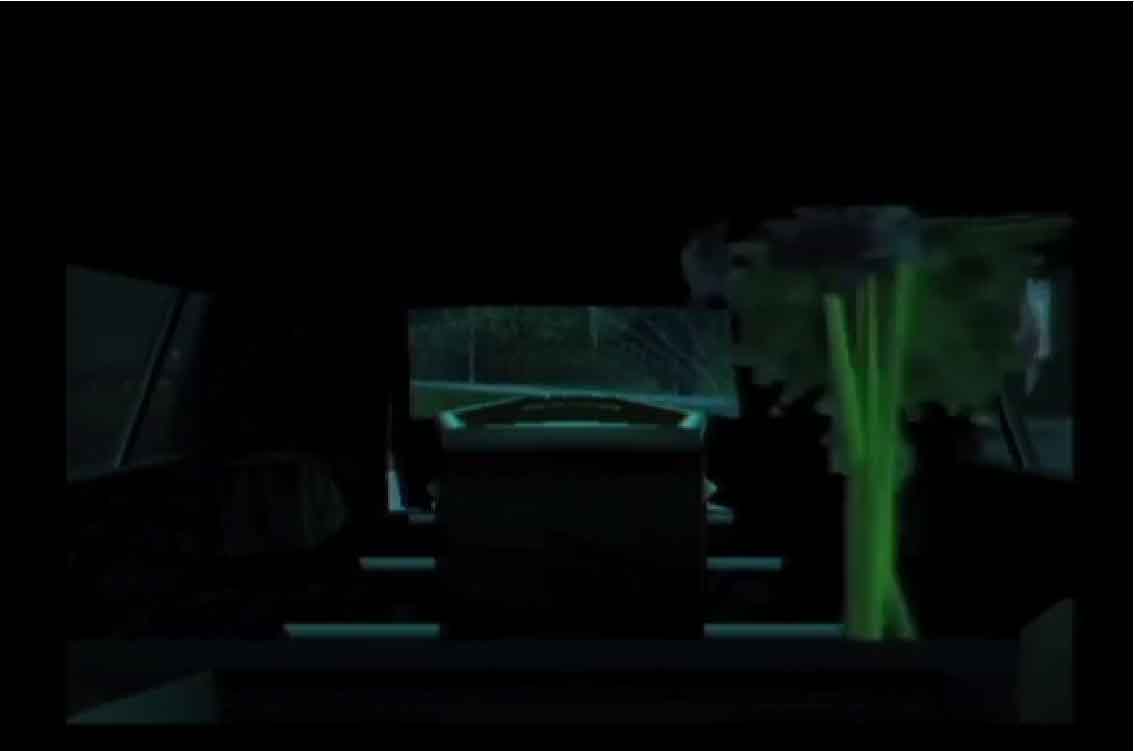
There's a memorable scene featuring flowers and a coffin in the back of a hearse, clearly signifying a profound sense of loss. This theme of loss resonates throughout the narrative, eventually culminating in a rock-bottom. However, there is still a faint glimmer of hope remaining, coupled with an understanding that despite the immense pain, challenges, sadness, tears, and loss, there is a reassurance that everything will eventually be alright.
Background
Shifting gears, there's a ton of fascinating background information about this film. Interestingly enough, this wasn't Solomon's first film created within Grand Theft Auto. Ironically, Solomon and Lapore had collaborated on a short film titled "Crossroads," another GTA project, for their friend David Gatten, who was facing significant health issues at the time. Unfortunately, it was Lapore who passed away, which led to the creation of Rehearsals for Retirement.
I'm not exactly sure what attracted Solomon to Machinima art. It was certainly a more physically manageable form of creation compared to some of his previous works. Previously, Solomon had mainly focused on crafting experimental films that involved distorting and manipulating physical film using harsh chemicals, which weren't always entirely safe. In the realm of video game worlds, Solomon could comfortably produce films as an individual, at his own pace and according to his own schedule.
Why Grand Theft Auto?
Grand Theft Auto was the perfect medium for Solomon, there’s a lot of freedom in the game, being able to explore a nearly limitless sandbox. In fact, I came across an insightful quote from Solomon where he talks about this.
“When I entered into the Grand Theft Auto world, which immediately demands that you do something … that you have agency of some kind – I did just the opposite. I walked in as quietly and as invisibly as possible and did nothing but look. And I noticed all these things opening up, as I just watched.” - Phil Solomon
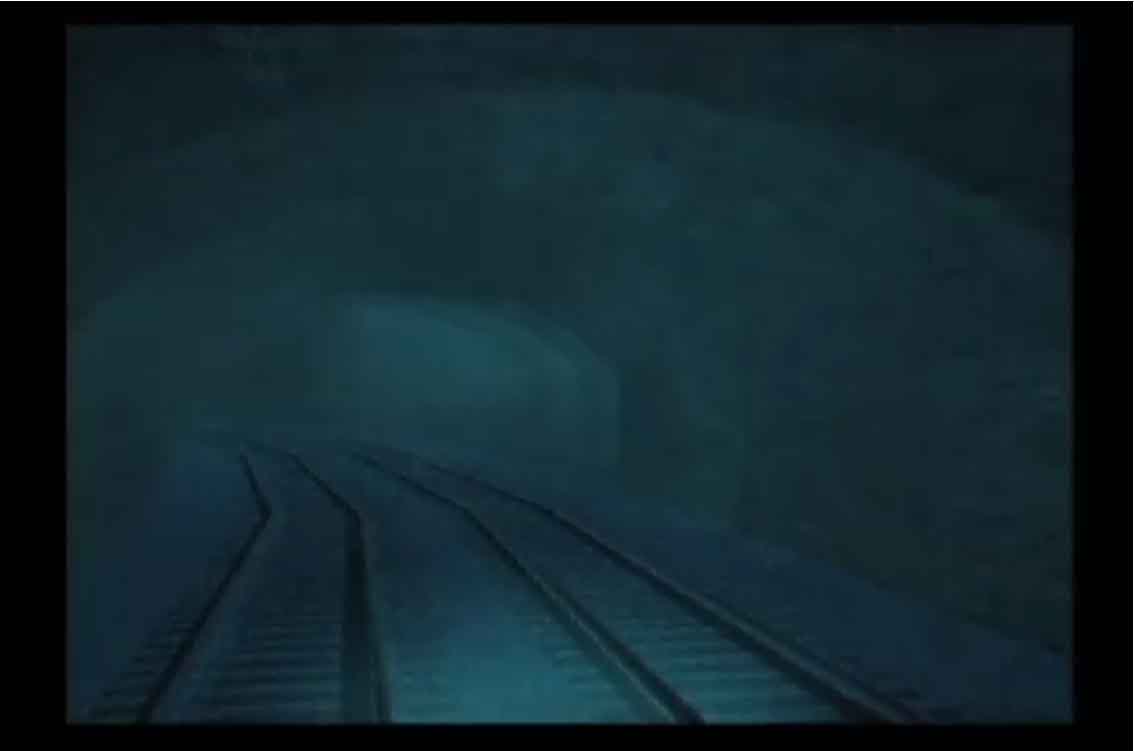
Solomon took the self-driven agency to a whole new level, perceiving something in the game that transcended its status as a game. In that same interview, Solomon says, "I was drawn to the game imagery ... precisely because it's not the real space. And it so 'wants' to be, and the poetry lies in that poignancy of its failure to do so." Each installment of Grand Theft Auto mimics either a real-world city or a blend of real-world cities. San Andreas, for instance, draws inspiration from San Francisco, Los Angeles, and Las Vegas. Ironically enough, the game's location name "San Andreas" works in the film's favor, alluding to the San Andreas Fault, which adds an intriguing layer to the dark backdrop we witness in the film, all captured within the game.
Production
To make this film, Solomon used in-game cheats to help with many situations. He transformed the landscape into a somber and unsettling atmosphere, a profoundly dark backdrop that suited his film perfectly. GTA was an ideal medium for making short films, largely because of its minimal user interface (UI) and the ease of hiding the UI by entering vehicles or adjusting settings. Creating a film within a video game offers numerous advantages, and having the ability to modify your surroundings is very helpful. When making Rehearsals for Retirement, Solomon mentioned using the game's baseball bat to smash the headlights of a vehicle he was using for filming specific scenes where he needed less lighting. He also would use cheat codes to spawn tanks into the city, specifically to block off certain streets from pedestrians to create that isolated feel.
Producing something within a video game has way fewer moving parts. There's less reliance on a crew or a team, and there are no physical shooting locations to worry about. Weather is also not a concern. However, new challenges arise in the form of limitations on hardware, graphics, animations, Ai, unpredictability, and rendering. For Rehearsals for Retirement, Solomon actually uses the rendering as an element in the film, which adds to its dream-like atmosphere. But for other machinima artists rendering is a larger concern and roadblock.
A Closer Look at Phil Solomon
Solomon, despite his interest in filmmaking, initially didn't find experimental films captivating. During his time studying cinema at SUNY Binghamton in the early 1970s, one of the first films shown in class was Tony Conrad's film, The Flicker (1966). Due to its lack of narrative, Solomon found it challenging to comprehend. However, it was Stan Brakhage's work that sparked Solomon's enthusiasm for experimental films. In particular, his film Anticipation of the Night (1958). The film was shown in a lecture taught by Fred Camper, and it served as a catalyst for Solomon's interest and subsequent experimental filmmaking career. In a conversation with Federico Rossin in 2007, Solomon described his experience watching Brakhage’s work, "I began to grasp the concepts of visual metaphor and graphic analogies in the frame and on the cut."
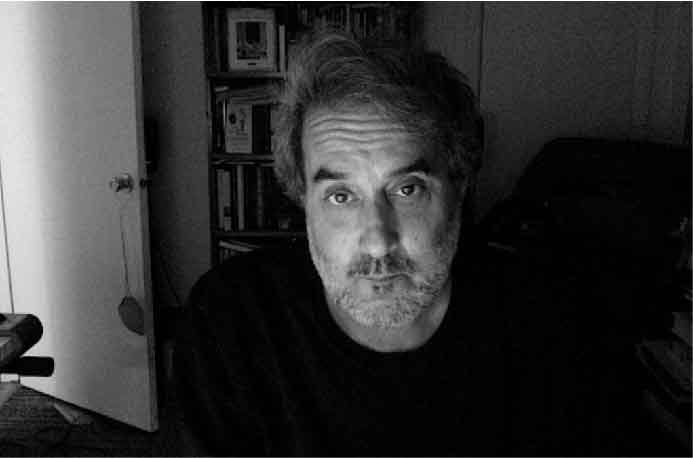
In the 80s, Solomon was following in the footsteps of Stan Brakhage, striving to discover his own artistic voice. Both filmmakers were renowned for manipulating film strips to generate abstract and incredibly unique visuals. Brakhage often used paint or created scratches, while Solomon experimented with different chemicals and developing processes, which created fun unpredictable outcomes. Check out Solomon's film The Secret Gardens (1988) to see the chemically created visuals firsthand. During a conversation, with Doug Cummings Solomon elaborated on his techniques, stating, "I utilize various methods, all centered around optical printing, which essentially involves rephotographing using a machine. Sometimes, I intentionally subject the film's surface to post-processing to induce stress. Other times, I capitalize on preexisting events, such as damaged footage or the effects of a flood, amplifying the resulting textures."
Solomon and Brakhage eventually developed a close friendship, teaching together at Boulder. Solomon dedicated nearly 30 years of his life to teaching at Boulder until his passing in 2019. During their collaboration, they worked on several films, including Elementary Phrases (1994), Concrescence (1996), and Seasons . . . (2002).
Last Thoughts
Experimental films have never been my favorite, but after watching Rehearsals for Retirement and studying the remarkable career of Phil Solomon, my interest in exploring more of his works has been awakened. This newfound fascination has sparked my curiosity to seek out other experimental films. I never anticipated finding a film created within a videogame so captivating and intriguing to analyze. As a result, I am also very interested in watching more machinima films.
If you're interested in watching Rehearsals for Retirement or any of Phil Solomon's films, I will provide links below, along with his full filmography. Fortunately, many of Phil Solomon's films are available on YouTube and can be enjoyed for free.
“Solomon described himself as an inverse archeologist, throwing “Schmutz” on cultural artifacts to defamiliarize the imagery, creating works that walk a fine line between abstraction and figuration, unfolding an interior emotional vocabulary seamlessly married to meticulously constellated worlds of sound.” - Vienna International Film Festival
If you enjoyed this film analysis, follow me on Letterboxd and we can connect.
Nocturne (1980)
The Passage of the Bride (1980)
What's Out Tonight Is Lost (1983)
The Secret Garden (1988)
The Exquisite Hour (1989)
Remains to Be Seen (1989)
Clepsydra (1992)
Elementary Phrases (1994)
The Snowman (1995)
Concrescence (1996)
Yes I Said Yes I Will Yes (1999)
Psalm I: The Lateness of the Hour (1999 )
Psalm II: Walking Distance (1999)
Innocence and Despair (2002)
Stan Brakhage Exits the Cinema and Enters the Light of Day (2002)
Seasons… (2002)
Psalm III: Night of the Meek (2002)
Crossroad (2005)
Untitled (for David Gatten) (2006)
Last Days In a Lonely Place (2007)
Rehearsals for Retirement (2007)
Empire (2008)
Still Raining, Still Dreaming (2009)
American Falls (2010)
The Emblazoned Apparitions (2013)
Psalm IV: Valley of the Shadow (2014)
Sources
Author's Note:
In preparing this analysis on Phil Solomon and his film Rehearsals for Retirement, I embarked on a fascinating journey of exploration, drawing upon many different sources. The sources listed below have contributed valuable information in writing this analysis. I invite you to explore these sources to delve deeper into the world of Phil Solomon and his cinematic works. These references serve as a testament to the rich and diverse discourse surrounding Solomon's legacy.
Please note that the inclusion of these sources does not imply endorsement of their content or views. They are offered as resources for further exploration and understanding of Phil Solomon's captivating body of work. I hope you enjoy exploring these references and gaining a broader appreciation for experimental films, machinima, and of course Phil Solomon.
- Vienna International Film Festival: Rehearsals for Retirement
- MUBI: Rehearsals for Retirement
- "Tightrope Walking on the Threshold of Virtual Reality: Phil Solomon’s Filmmaking in Grand Theft Auto" (PDF)
- "On Phil Solomon's Last Days in a Lonely Rehearsals for Retirement in an Age of Isolation" by illiterates
- Academic Hack: Phil Solomon
- Issue Magazine: Interview with Phil Solomon
- Dérives: What Remains to be Seen - Interview with Phil Solomon
- Criterion: Phil Solomon - Alchemist of Cinema
- International Film Festival Rotterdam: Philip Solomon
- YouTube: Phil Solomon - Conversations at the Edge
- YouTube: Phil Solomon: Artist Talk at UC Berkeley Art Museum and Pacific Film Archive
- Wikipedia: Phil Solomon (filmmaker)
- "Crossing Borders: An Interview with Phil Solomon" by Iris Markgraf and Bernd Biermann